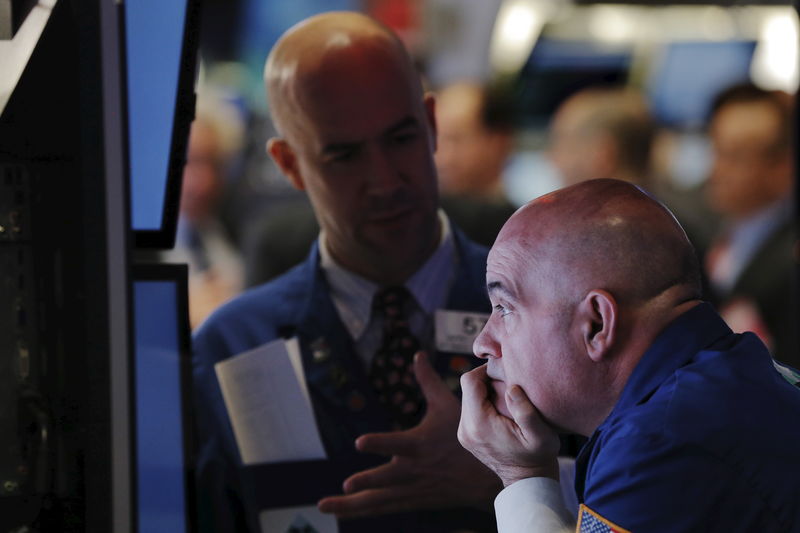Investing.com - Here are the top five things you need to know in financial markets on Friday, November 4:
1. U.S. jobs report expected to show further improvement
The U.S. Labor Department will release its October nonfarm payrolls report at 8:30AM ET (12:30GMT) on Friday.
The consensus forecast is that the data will show jobs growth of 175,000, following an increase of 156,000 in September, the unemployment rate is forecast to dip to 4.9% from 5.0%, while average hourly earnings are expected to rise 0.3% after gaining 0.2% a month earlier.
An upbeat employment report will point to an improving economy and support the case for higher interest rates in the coming months, while a weak report would add to uncertainty over the economic outlook and push prospects of tighter monetary policy further off the table.
Markets are currently betting on a rate hike in December with odds of 71.5%, according to Investing.com’s Fed Rate Monitor Tool.
2. Uncertainty over U.S. election outcome lead to volatility
As the U.S. presidential election nears on November 8, investor jitters continue to suppress risk appetite in equities.
Recently tightening polls have led to doubts over the eventual outcome with analysts widely claiming that a victory by Republican candidate Donald Trump over Democratic nominee Hillary Clinton implies more uncertainty with respect to forthcoming economic policies.
Outside the debate on whether who is elected as the new American leader will really have a meaningful impact on policies and stocks, The Earnings Scout warned that regardless of who the winner is, “growth expectations for earnings-per-share growth in the fourth quarter and the first quarter of 2017 are too high.”
3. S&P could face worst losing streak since 1980
The S&P 500 ended Thursday with its worst losing streak in eight years as uncertainty over U.S. elections, a more lackluster week of earnings, a confirmation that the Federal Reserve was likely to hike in December and caution ahead of Friday’s October nonfarm payrolls weighed on sentiment.
Apart from selling equities, investors were hedging against risk with the VIX, known as the fear-factor gauge, also rising eight days in a row in its longest stretch since November 2013. Thursday’s closing price of 22.4%, compared to the historical average of 19.71.
If the S&P closed lower on Friday, the nine-day stretch would be its worst since December 1980.
4. Oil heads for 8% weekly slump
Oil managed a minor recovery on Friday after falling for five consecutive sessions, but was still on track to record weekly losses of more than 8%, as U.S. crude stockpiles racked up a record build this week.
Concerns over the supply glut were supported by members of the Organization of Petroleum Exporting Countries (OPEC) insisting on their right to be granted an exemption from any eventual agreement to curb production even as the cartel’s output hit an all-time high last month.
Furthermore, investors were look ahead to production stateside with the rig count data from Baker Hughes later on Friday. The prior week the oilfield services provider said that the number of U.S. rigs drilling for oil did slip by 2 to 441, but that came after 8 straight weeks of increases from 406 to 443.
U.S. crude oil futures gained 0.13% to $44.72 at 4:02AM ET (8:02GMT), while Brent oil traded up 0.13% to $46.41.
5. Global stocks mostly lower ahead of U.S. jobs report and election
U.S. futures were pointing to a flat open ahead of the October employment report with the S&P 500 trying to break its longest losing streak in eight years ahead of the presidential elections. At 4:03AM ET (8:03GMT), the blue-chip Dow futures edged down 0.08%, S&P 500 futures slipped 0.04% and the Nasdaq 100 futures dropped 0.2%.
European stocks dropped on Friday, as investors remained cautious amid growing uncertainty over the outcome of the upcoming U.S. presidential election and readings on business activity in Germany, Italy, France, Spain and the euro zone as a whole coming out mainly worse-than-expected in October.
Asian shares slipped on Friday and the dollar nursed losses in a week marked by growing uncertainty about the outcome of the U.S. presidential election.
